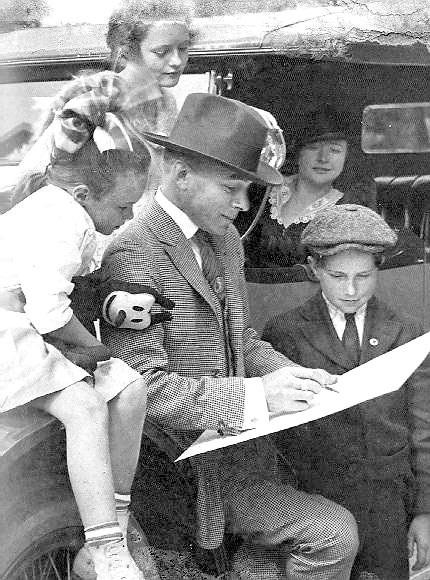 | ||
The Creoles of color are a historic ethnic group of Creole people in Louisiana (especially in the city of New Orleans), Southern Mississippi, Alabama, and Northwestern Florida.
Contents
History
Mixed-race Creoles of color became identified as a distinct ethnic group, Gens de couleur libres (free persons of color), prior to the 19th century. During Louisiana’s colonial period, Créole referred to people born in Louisiana who had ancestors from elsewhere; i.e., all natives other than Native Americans. The term Créole was first used by French colonists to distinguish themselves from foreign-born settlers, and later as distinct from Anglo-American settlers. Colonial documents show that the term Créole was used variously at different times to refer to white people, mixed-race people, and black people, including slaves.
Many Creoles of color were free, and their descendants often enjoyed many of the same privileges that whites did, including (but not limited to) property ownership and formal education. During the antebellum period, their society was structured along class lines. While it was not illegal, it was a social taboo for Creoles of color to marry slaves and it was a rare occurrence. Some of the wealthier and prosperous Creoles of color owned slaves. Other Creoles of color such as Thomy Lafon used their social position to support the abolitionist cause. Another Creole of color, Francis E. Dumas, emancipated all of his slaves and organized them into a company in the Second Regiment of the Louisiana Native Guards.
Some historians suggest that New Orleans was the cradle of the civil rights movement in the United States, due to the earliest efforts of Creoles to integrate the military en masse. Creoles of Color had been members of the militia for decades under both Spanish and French control of the colony of Louisiana. For example, around 80 free Creoles of Color were recruited into the militia that participated in the Battle of Baton Rouge in 1779. They volunteered their services and pledged their loyalty to their newly adopted country and its Territorial Governor appointed by Thomas Jefferson, W.C.C. Claiborne, when the French colony of Orleans was formally accepted by the United States on December 20, 1803.
Just months after the colony became part of the United States, the Claiborne's administration was faced with a dilemma previously unknown in the U.S.; integration in the military by incorporating entire units of previously established "colored" militia. In a February 20, 1804 letter, Secretary of War Henry Dearborn wrote to Clairborne saying, ". . .it would be prudent not to increase the Corps, but to diminish, if it could be done without giving offense. . ." A decade later, the militia of color that remained volunteered to take up arms when the British began landing troops on American soil outside of New Orleans in December 1814. This was the commencement of the Battle of New Orleans.
During and after the Louisiana Purchase many Creoles of color lost their favorable social status, despite their service to the militia and their social status prior to the U.S. takeover. America's Southern society developed a caste system. In this new caste system, all people with African ancestry or visible African features were classified as black, and therefore categorized as second class citizens. Former free Creoles of Color were relegated to the ranks of emancipated slaves.
With the advantage of having been better educated than the new freedmen, many Creoles of color were active in the struggle for civil rights. During Reconstruction and in the aftermath the American Civil War, white Democrats regained political power across the former Confederate states. By the late nineteenth century many Southern men in positions of power began to re-impose the idea of white supremacy. To achieve this, they established legal racial segregation under the Jim Crow system. This consequently disfranchised the majority of blacks, especially through new voter registration rules which were part of new state constitutions; effectively taking away any political power which creoles of color had previously.
Creoles of color suffered yet another major social reversal when the U.S. Supreme Court ruled against them in the case of Plessy v. Ferguson in 1896, ruling that "separate but equal" accommodations were constitutional.
Finally, more than a century later, social change had reversed much of its two-century eclipse. On June 14, 2013 Louisiana Governor Bobby Jindal signed into law Act 276, creating the "prestige" license plate proudly showing the words "I'm Creole", in honor of the Creole of Louisiana's contributions, culture, and heritage.
Music
Some Creoles of color were trained as classical musicians in 19th century Louisiana. These musicians would often study with those associated with the French Opera House; some traveled to Paris to complete their studies. Creole composers of that time are discussed in Music and Some Highly Musical People, by James Monroe Trotter, and Nos Hommes et Notre Histoire, by Rodolphe Lucien Desdunes.
Notable classical Creole musicians
Jazz musicians
Creoles of Color from the New Orleans area were active in defining the earliest days of jazz. Some of the most notable names:
